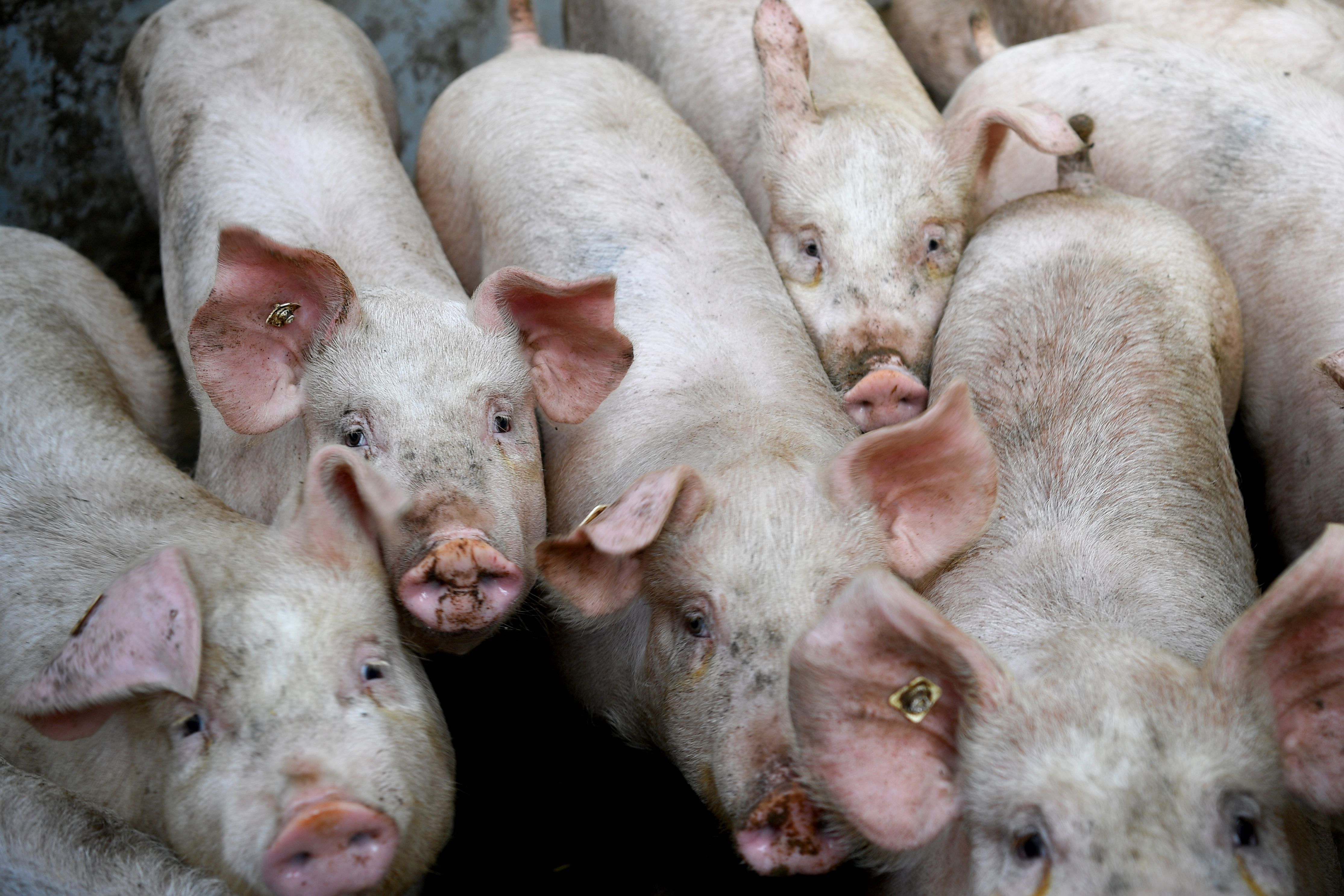
The Indian Council of Agriculture Research on Monday released a new indigenous vaccine for the pigs that can not only help Indian farmers save money but may also lead to earning of foreign exchanges.
Instead of spending Rs 80 in two years to vaccinate a pig against the classical swine fever, the farmers would have to shell out only Rs 2 for the jab when the new indigenous vaccine would come out in the market.
“We don't currently produce enough pork though it is a popular meat in the North East,” admitted ICAR director general Trilochan Mahapatra.
India's pig population has declined by 12% between 2012 and 2019 due to social taboos and three diseases, the most important of which is the classical swine fever. It has 6% mortality but 60% morbidity as well as incidence.
Besides four states from the North East region, Karnataka and Chhattishgarh are the two states where the number of hogs is growing as there is a sharp fall in Uttar Pradesh and Bihar.
Developed by scientists at the Indian Veterinary Research Institute, Izatnagar, the new cell culture based vaccine would replace the existing ones that requires killing a large number of rabbits for each batch as the spleen of one rabbit is used to make 50 doses.
“Because of the animal welfare issues, we have switched to the cell culture vaccine, which has been tested on around 500 pigs at multiple locations. There are demands from states and Nepal government,” R K Singh, IVRI director told DH.
According to the latest livestock census, the domestic pig population declined from 10.29 million in 2012 to 9.06 million in 2019. The drop has been there in both exotic or cross-bred and indigenous population.
“Besides the vaccine, we have also developed a ELISA kit for sero-monitoring to check if the vaccine is working. We are in the process of patenting it,” Mahapatra said.
“We have to speed up the commercialisation in the next 12 months, as the vaccine has export potential too due to the huge international pork market,” said Atul Chaturvedi, Secretary, Department of Animal Husbandry and Dairying.
